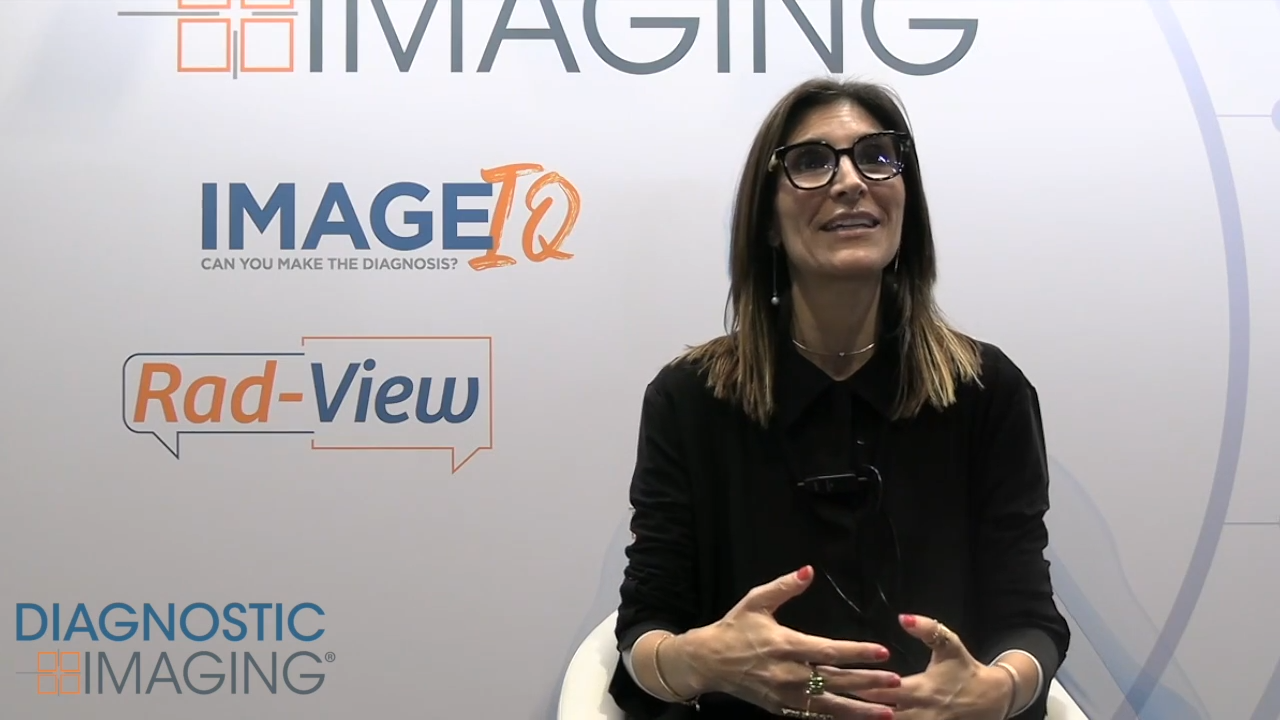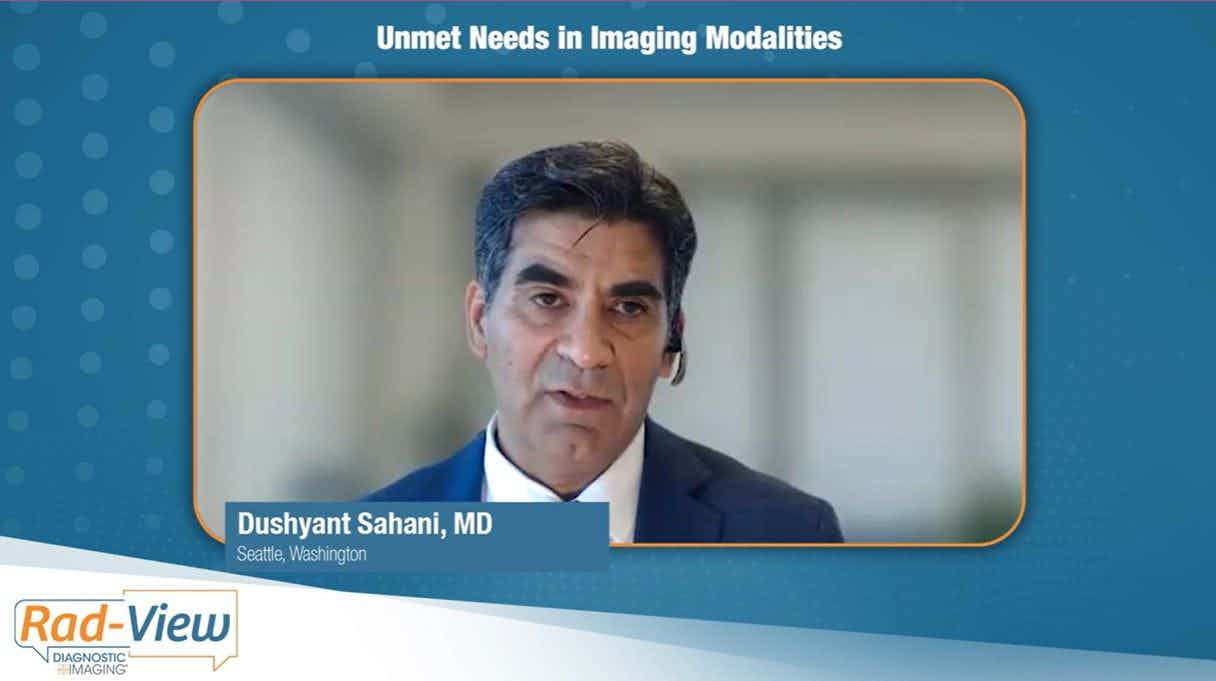Report from SNM: PET guides management of gastrointestinal cancers
FDG-PET can predict which patients with gastric or gastroesophageal cancer will benefit more from treatment and can thus assist decision-makers regarding the appropriate management of these patients, according to two studies presented Sunday at the 2007 Society of Nuclear Medicine meeting.
FDG-PET can predict which patients with gastric or gastroesophageal cancer will benefit more from treatment and can thus assist decision-makers regarding the appropriate management of these patients, according to two studies presented Sunday at the 2007 Society of Nuclear Medicine meeting.
No imaging modality or molecular marker used to determine the appropriate management of patients with gastric cancer has proven truly reliable. FDG-PET, however, could help physicians decide when to continue a given treatment regimen or when to replace it, said the principal investigator of a study from Germany, Dr. Bernd Krause of the department of nuclear medicine at the Technical University of Munich.
Krause and colleagues prospectively enrolled 71 patients with gastric cancer who underwent FDG-PET at baseline and 14 days after beginning chemotherapy with cisplatin. Patients also underwent biopsy to confirm response to treatment. The investigators determined that a reduction of 35% or more in FDG uptake would indicate that patients were having a positive metabolic response to treatment.
Sixteen patients met the FDG uptake threshold for metabolic response. They showed a histopathological response rate of 65% and a median survival of about 56 months. Thirty-two patients who were non-metabolic responders showed a biopsy-proven response rate of 17% and a median survival of 24.1 months.
There were also 22 patients with negative FDG uptake, however, and they showed a histopathological response rate of 21% and a median survival of 36.7 months. There was no significant difference between this last group of patients in terms of biopsy-recorded treatment response and survival compared with nonresponders (p = 0.72).
Poor FDG uptake in these patients could be correlated to a high mucus content or other physiologic features of the area affected, Krause said.
FDG-PET can predict response early during the course of treatment. Nonresponding patients and PET-negative patients with low histopathological response should undergo immediate resection or a change in their chemotherapy regimens, he said.
In another study, researchers from Australia assessed 129 patients with gastroesophageal cancer using FDG-PET. The technique helped change management in almost 40% of these patients, who had already been assessed with conventional imaging.
PET provides a highly significant prediction of disease progression, said principal investigator Dr. Barry Chatterton, director of nuclear medicine and bone densitometry at Royal Adelaide Hospital.
The number of patients slated for palliative treatment increased from 10 pre-PET to 32 post-PET. And 34% of patients with a curative management plan had to be upstaged and treated palliatively instead after PET results, he said.
For more information from the Diagnostic Imaging archives:
MSCT complements endoscopic ultrasound in gastrointestinal cancer staging
The Reading Room: Racial and Ethnic Minorities, Cancer Screenings, and COVID-19
November 3rd 2020In this podcast episode, Dr. Shalom Kalnicki, from Montefiore and Albert Einstein College of Medicine, discusses the disparities minority patients face with cancer screenings and what can be done to increase access during the pandemic.
What is the Best Use of AI in CT Lung Cancer Screening?
April 18th 2025In comparison to radiologist assessment, the use of AI to pre-screen patients with low-dose CT lung cancer screening provided a 12 percent reduction in mean interpretation time with a slight increase in specificity and a slight decrease in the recall rate, according to new research.










